How to Properly Cut Toenails: A Step-By-Step Guide
Keeping your toenails trimmed isn’t just about appearances–it’s a key part of nail health and hygiene. Done right, it helps prevent discomfort, infections, and issues like ingrown or thick toenails. Done wrong, it can lead to painful mistakes like cuts, splits, and even toenail fungus.
While we understand that cutting your toenails could seem to be as simple as 1-2-3, the reality is that when done wrong, it can lead to painful problems such as ingrown nails or even infections. In this tutorial, we’ll walk you through how to properly cut toenails at home with safe, simple steps and the right tools.
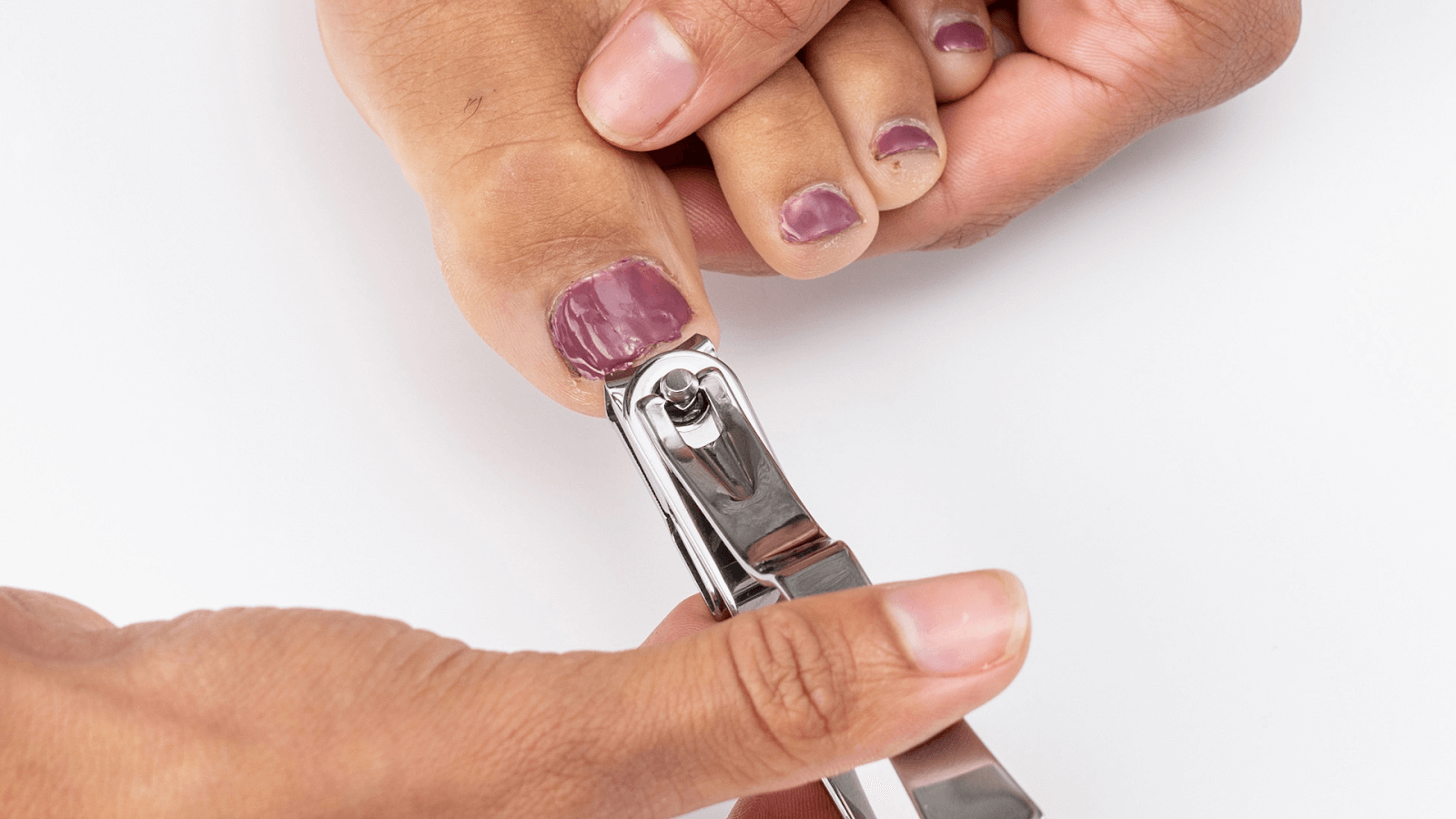
What Do You Need to Trim Toenails?
Before you begin, gather everything you need. Having the proper setup makes the entire process faster, cleaner, and safer.
- Toenail clippers: Choose high-quality, sharp clippers designed for toenails, like our Swissklip Heavy Duty Toenail Clippers or Swissklip 360.
- Warm water (optional): Soaking your feet softens the nails and makes cutting easier.
- Towel: To dry your feet thoroughly before clipping.
- Antiseptic or alcohol wipes: For cleaning your tools before and after use.
- Nail file or buffer: To smooth any sharp edges.
- Good lighting: Natural daylight or a bright lamp to clearly see what you’re doing.
Pro tip: Make sure to always clean your tools before and after trimming to prevent infections. Especially when sharing tools with other people.
Step-by-Step Guide
1. Soak (Optional)
If your nails are very hard or brittle, soak your feet in warm water for 5 to 10 minutes. This step softens thick nails and makes them easier to trim. Cutting your toenails after a shower or bath also works.
2. Dry Thoroughly
Make sure your feet and nails are completely dry. This prevents slipping and reduces the risk of infection.
3. Disinfect Your Tools
Wipe your clippers with alcohol or an antiseptic. Clean tools help prevent bacteria and fungus from spreading; especially important if you’ve had issues like ingrown toenails or bumpy nails in the past.
4. Clip Straight Across
The golden rule of how to cut toenails: cut straight across. Avoid heavily rounded edges, which can lead to painful ingrown nails. Take your time here. If the nail is especially thick, don’t try to force one big cut. Make small clips across the nail edge.
5. File the Edges
Use a nail file to smooth any sharp corners. This prevents snagging on socks and reduces the risk of cuts or scratches on your skin.
6. Clean Up
Brush off any nail debris and re-clean your clippers. Lastly, store them in a clean, dry place.
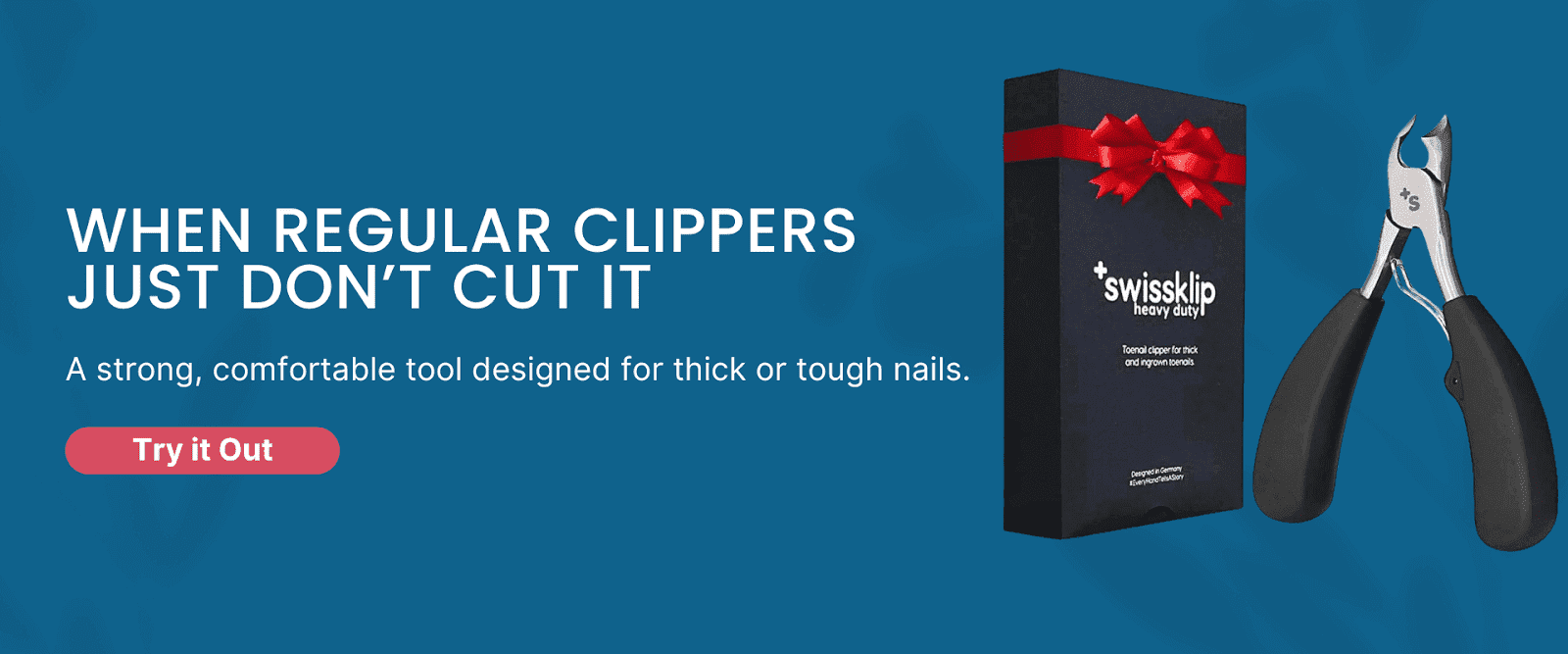
How to Properly Cut Toenails to Avoid Ingrown Nails
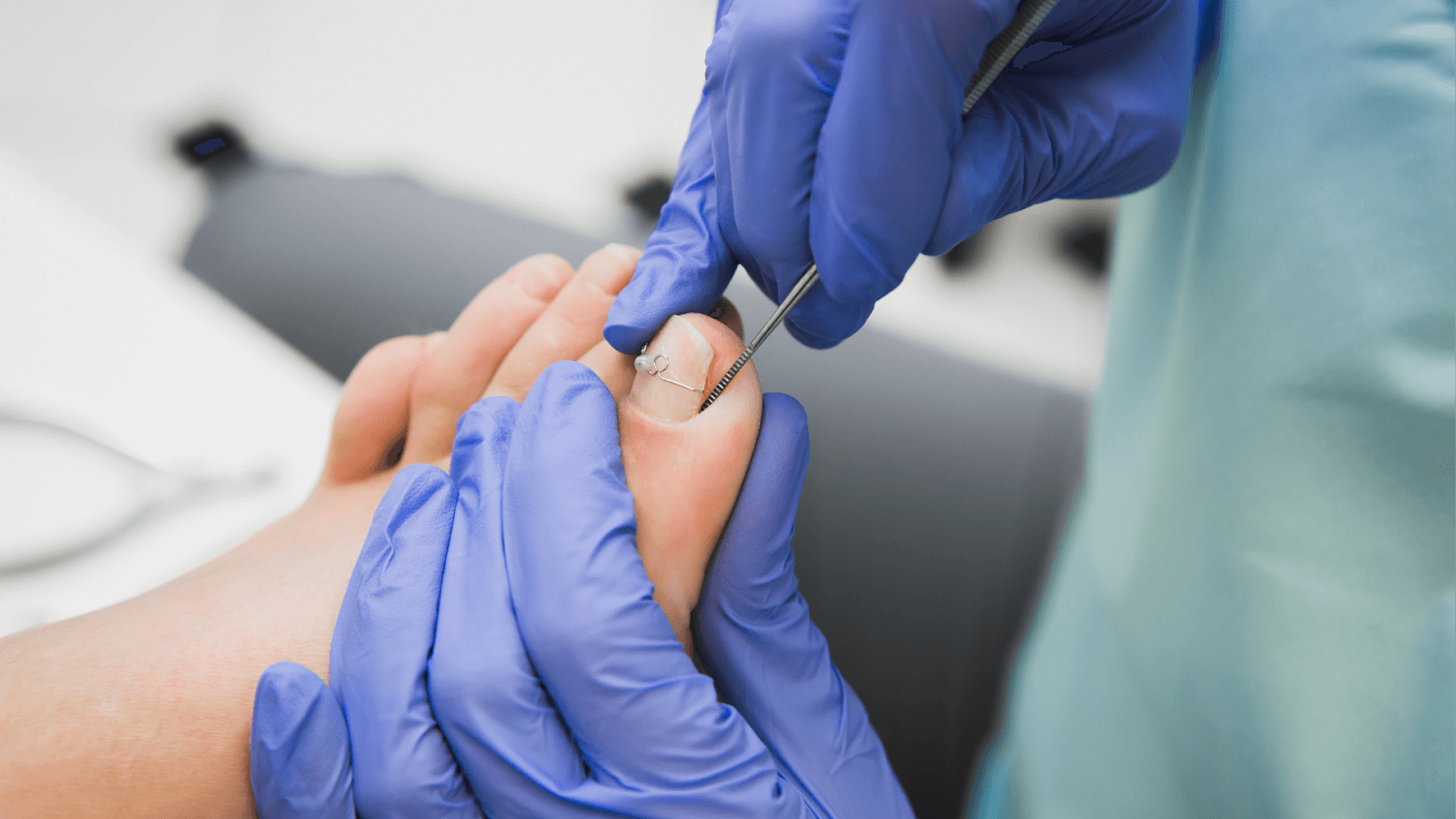
Ingrown toenails occur when the nail grows into the surrounding skin, typically caused by improper cutting techniques or tight shoes. Here’s how to prevent them:
- Always cut straight across the nail, never curved or too short, as this might affect growth direction.
- Don’t dig into the corners of your nails
- Avoid tearing or peeling the edges with your fingers
- Wear well-fitted shoes that don’t squeeze your toes
Note: Always be on the lookout for these red flags of early ingrown nails: Pain, pus, Swelling, bleeding, and overgrowth of skin around the toe.
How to Cut Toenails Properly With Clippers
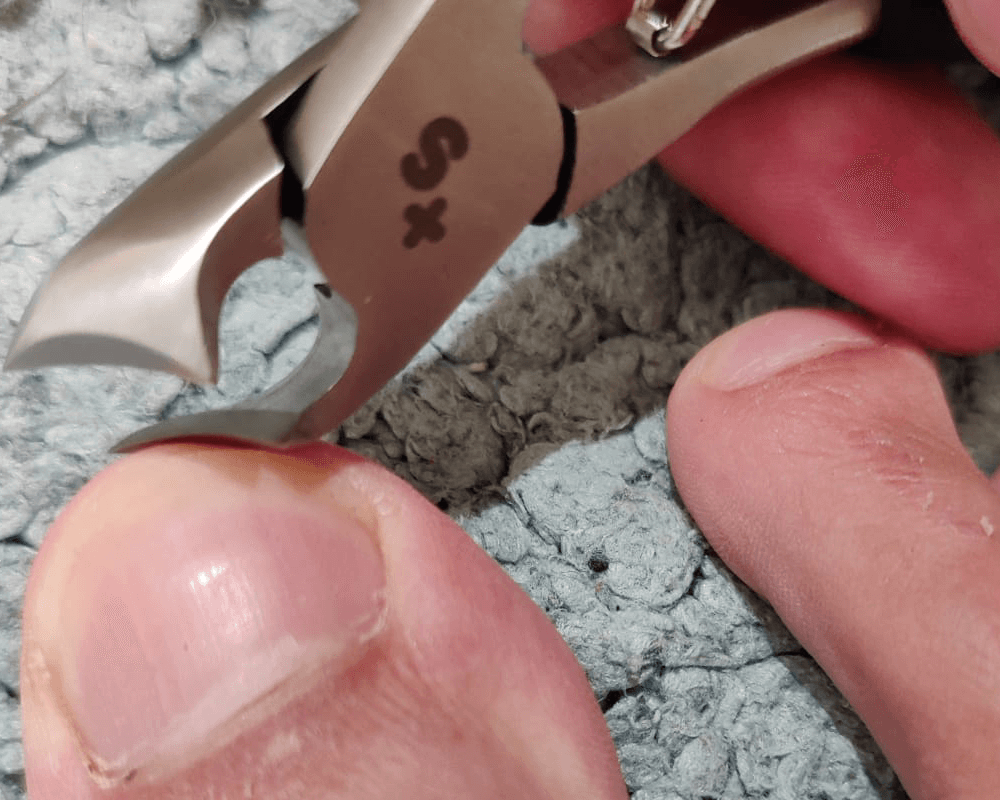
Toenail clippers aren’t one-size-fits-all. Using the right tool makes all the difference, especially if you deal with tough or thick toenails.
Swissklip Heavy Duty Toenail Clippers have an ergonomic handle and surgical-grade stainless steel for effortless trimming, even for people with arthritis or mobility issues.
On the other hand, the Swissklip 360 features a rotating head that allows you to approach the nail from any angle, ideal for hard-to-reach toes or those with flexibility challenges.
How to Properly Use Nail Clippers
#1.
Grab your nail clipper
#2.
Position the nail clipper so the nail is between the blades.
#3.
Clip the nail (as if you were trying to put your fingers together)
#4.
Follow the steps we described in our previous section.
Note: Don’t forget to disinfect your tools afterwards.
What If You Have Thick or Problematic Toenails?
Thick nails can be caused by everything from genetics to fungus or trauma. If trimming feels difficult or your nails seem impossible to cut, here’s what to do:
1. Soak First
Warm water softens thick toenails, making them less likely to crack or split during trimming.
2. Use the Right Clippers
Heavy-duty clippers like Swissklip’s are built specifically for thick toenails and won’t bend or slip like regular clippers.
3. Take Small Snips
Don’t try to cut the whole nail in one go. Work your way across the edge with several small cuts to avoid splintering.
4. Check for Underlying Causes
Persistent thickening may be a sign of a fungal infection. Look for yellowing, brittleness, or a bad odor. In these cases, consistent hygiene and possibly antifungal treatment are important.
Pro-tip: If you are struggling with thick toenails, consider using a heavy-duty clipper; they are specially designed to make thick toenail clipping easier and pain-free.
A solution for each case:
#1.
For bumpy or ridged nails: Try to use gentle filing after clipping.
#2.
If you have Toenail fungus: Try to cut carefully and avoid spreading the fungus. Disinfect clipper after using and don’t use it on any other nail before disinfection.
#3.
Lines or splits: These might be signs of an underlying medical condition. Don’t pick at your nails and seek medical advice.
Important note: Thick or brittle nails may need medical treatment if caused by an underlying condition. If you are not sure, please seek medical advice as soon as possible.
Nail Care Beyond Trimming
While trimming is important, your nail condition tells a bigger story. If you’ve noticed a line on your fingernail, discoloration, or constant bumpy nails, these may signal underlying issues from diet to circulation or even chronic conditions. Keep an eye on changes and consult a healthcare provider when in doubt.
Learning how to properly cut toenails isn’t complicated, but it does require care. Good technique, clean tools, and the right equipment can make your nail care routine safer and more effective.
FAQ- People Also Ask
How often should I cut my toenails?
It depends on your own growth rate. On a normal growth rate (about 2 millimeters per month), 6 to 8 weeks should work.
Should toenails be cut wet or dry?
It’s best practice to cut them wet, as that will make the process easier.
Can you fix toenail shape over time?
Yes, this especially applies when the changes were caused by an injury or a fungal infection. However, if the nail has been affected by a severe condition, it might take longer to recover to its original shape and appearance.

Mark Griffin
Writer and Expert
As a board-certified dermatologist, I have over 20 years of experience in providing top-notch skin care solutions for the feet, toes, fingers, and nails.I earned my medical degree from Johns Hopkins University and completed my residency at the Mayo Clinic.Throughout my career, I have worked in various recognized institutions and private practices, always striving to deliver the best care possible, while getting the most knowledge available and sharing it with all my readers.I am humbled to be invited to share my knowledge here on Swissklip, as I consider it a top-notch, high-quality personal care brands that I recommend to all my patients.
Table of Contents
Related Products
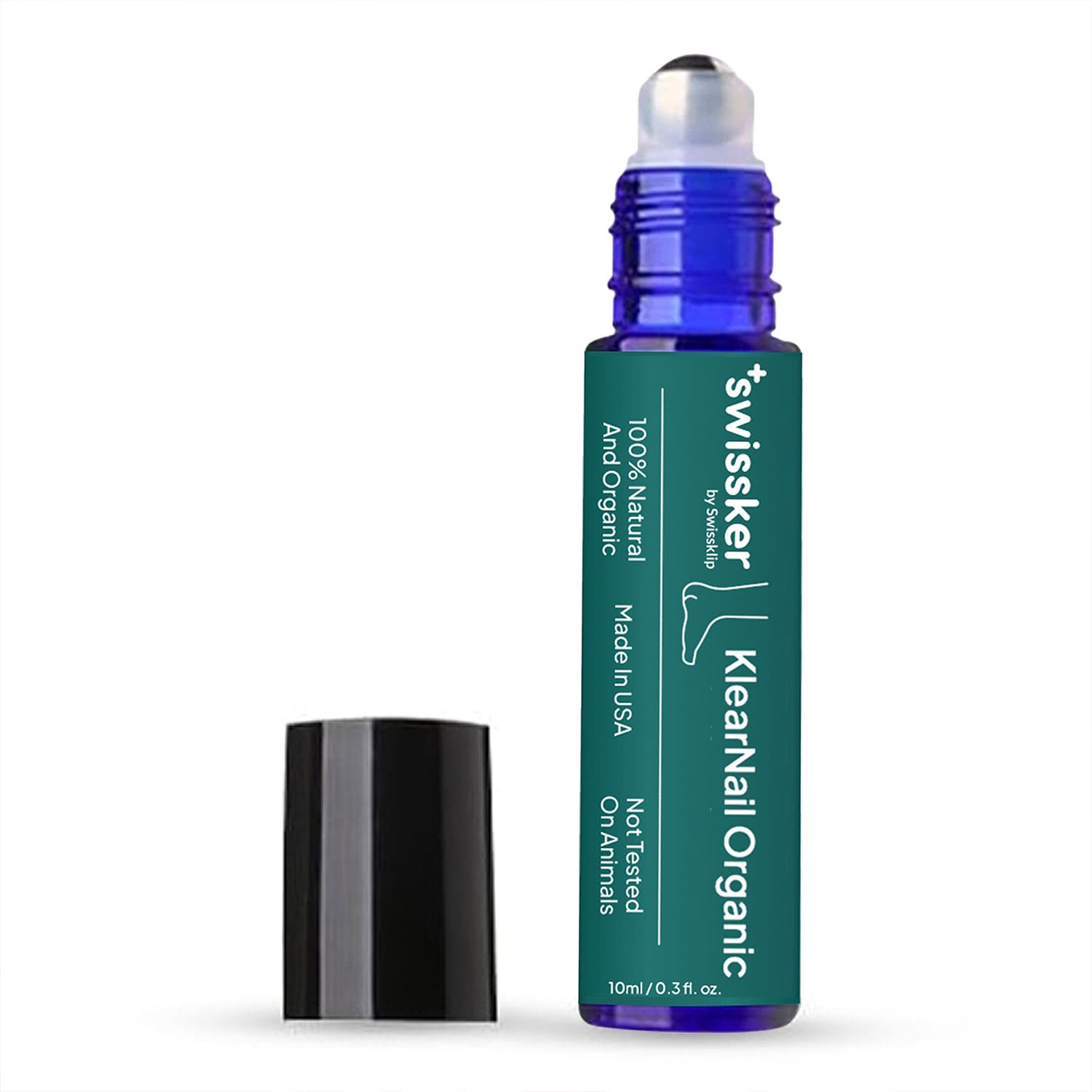
Organic AntiFungal Treatment
A roll-on solution that kills drug-resistant fungus on contact.
From $23.99
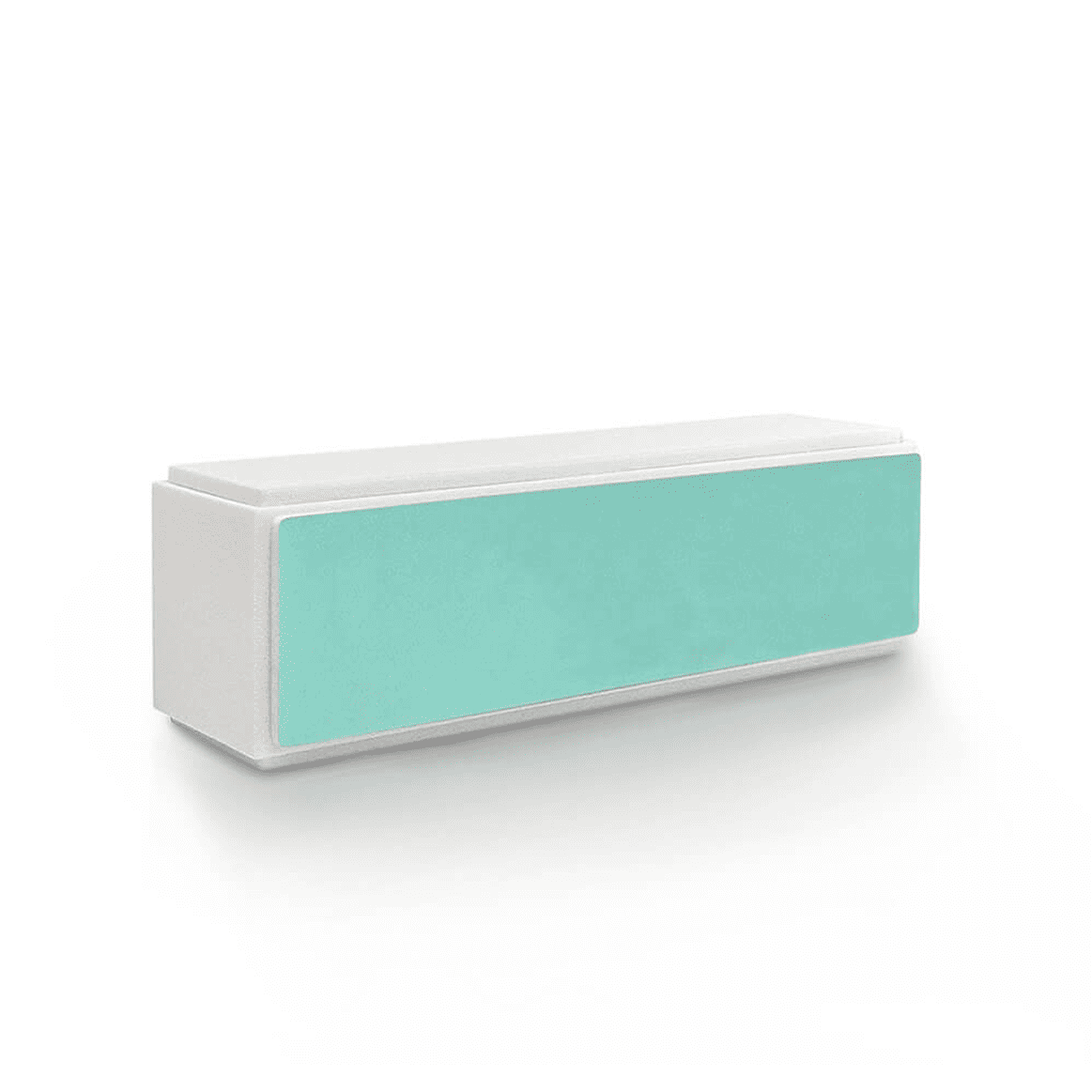
3-in-1 Nail Buffer Block
Achieve salon-quality smoothness and a dazzling natural shine
From $10.39

